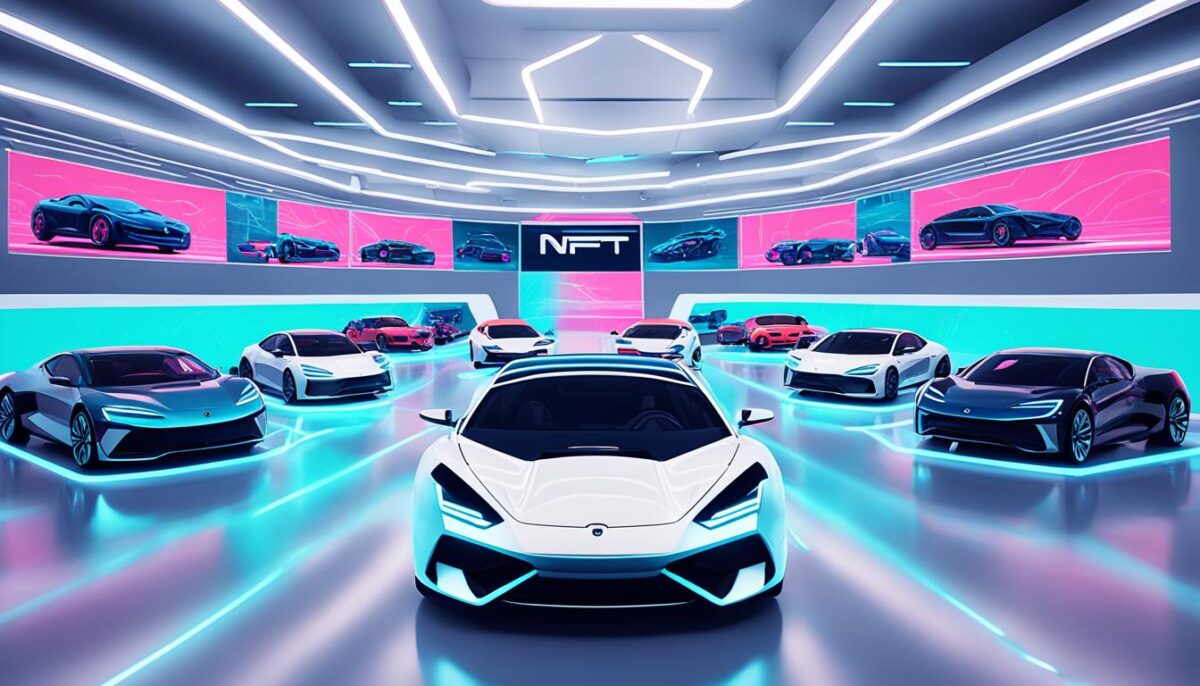The Birth of The Vogu
In a world where technology was rapidly transforming every aspect of life, the automotive industry was ripe for innovation. The founders of The Vogu, a group of visionary tech enthusiasts and car aficionados, saw an opportunity to revolutionize the traditional car auction process. They imagined a future where car auctions were secure, transparent, and accessible to everyone, everywhere. This vision led to the creation of The Vogu NFT for Car Auctions.
The Dawn of Digital Ownership

The journey began with a simple yet powerful idea: harnessing the power of blockchain technology to create non-fungible tokens (NFTs) for cars. These digital tokens would represent each vehicle as a unique, verifiable asset on the blockchain. This concept promised to bring an unprecedented level of trust and authenticity to car auctions, eliminating fraud and making transactions more efficient.
The First Auctions
The initial phase was challenging, but the team’s passion and perseverance paid off. The first NFT car auctions were held, and the response was overwhelming. Buyers and sellers were thrilled by the ease and security of the process. Each transaction was recorded on the blockchain, providing a transparent and immutable record of ownership. The success of these early auctions validated the founders’ vision and set the stage for rapid growth.
Building a Global Community

As word spread about the benefits of NFT car auctions, The Vogu attracted a diverse and enthusiastic community of users from around the world. Car enthusiasts, collectors, and investors alike were drawn to the platform’s innovative approach. The Vogu became more than just a marketplace; it evolved into a vibrant community where members could connect, share experiences, and stay informed about the latest trends in both the automotive and blockchain industries.
Expanding Horizons
With each successful auction, The Vogu continued to expand its offerings. The platform introduced specialized auctions for classic cars, luxury vehicles, electric cars, and even rare and exotic models. The team also worked tirelessly to enhance the user experience, implementing advanced features like real-time bidding, comprehensive vehicle histories, and personalized customer support.
A Vision for the Future
Today, The Vogu stands at the forefront of the car auction industry, setting new standards for security, transparency, and innovation. But the journey is far from over. The Vogu’s vision extends beyond just auctions; the platform aims to explore new ways to integrate blockchain technology into the automotive world, continually pushing the boundaries of what’s possible.
Join the Revolution
The Vogu invites you to be a part of this exciting journey. Whether you’re a seasoned car collector, a tech enthusiast, or someone looking to buy or sell a vehicle with confidence, The Vogu offers a revolutionary platform that combines the best of both worlds: the thrill of car auctions and the security of blockchain technology.
